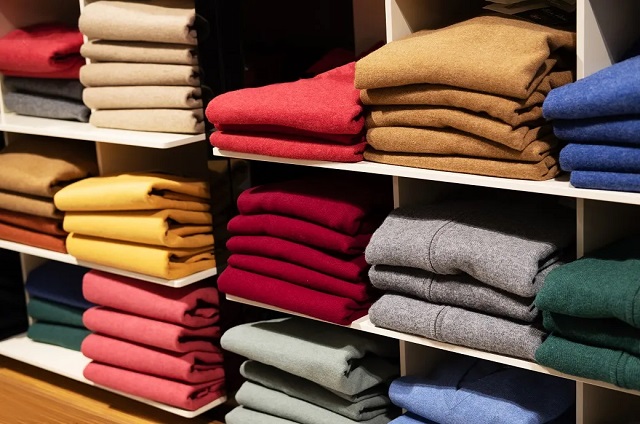Japan’s clothing imports fell 4% year-on-year to $2.13 billion in July 2025, signaling a slowdown in consumer spending amid ongoing global economic uncertainty. Data from the Japan Ministry of Finance shows that while the overall volume of imports decreased, several key supplier countries maintained their dominant positions in the market. China continued to lead, supplying a wide range of apparel products, followed closely by Vietnam and Bangladesh.
Industry experts attribute the decline to multiple factors, including inflationary pressures on households, fluctuating foreign exchange rates, and disruptions in global supply chains. Retailers in Japan have reported cautious buying patterns, particularly in casual wear and fast-fashion segments. Meanwhile, high-end brands experienced more stable demand, suggesting that affluent consumers continue to support premium apparel despite broader economic concerns.
Analysts note that the short-term decline does not necessarily indicate a long-term trend. Japan’s clothing import market remains resilient, with expectations for recovery in the coming months as consumer confidence gradually improves. Companies like Fast Retailing, which operates Uniqlo, and Shiseido’s apparel suppliers continue to adjust sourcing strategies, aiming to balance cost efficiency with maintaining quality for Japanese consumers.
Exports from Bangladesh, in particular, have remained competitive due to relatively lower production costs and established relationships with Japanese wholesalers. Vietnam and China have focused on quick-turnaround supply and diversified product offerings to retain their market share. Industry observers believe that strategic partnerships and supply chain flexibility will play a crucial role in sustaining import volumes through the latter half of 2025.
Despite the current decline, the long-term outlook for Japan’s clothing imports remains cautiously optimistic. Analysts expect a rebound in consumer demand, especially if economic indicators such as household spending and employment levels improve. The trade landscape suggests that countries with agile production and reliable logistics will continue to dominate Japan’s apparel import market.











